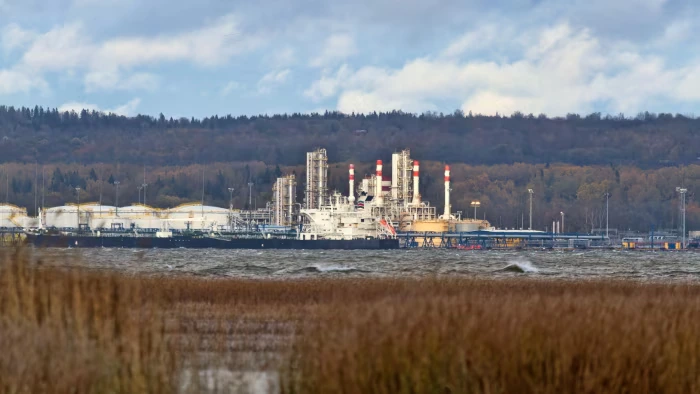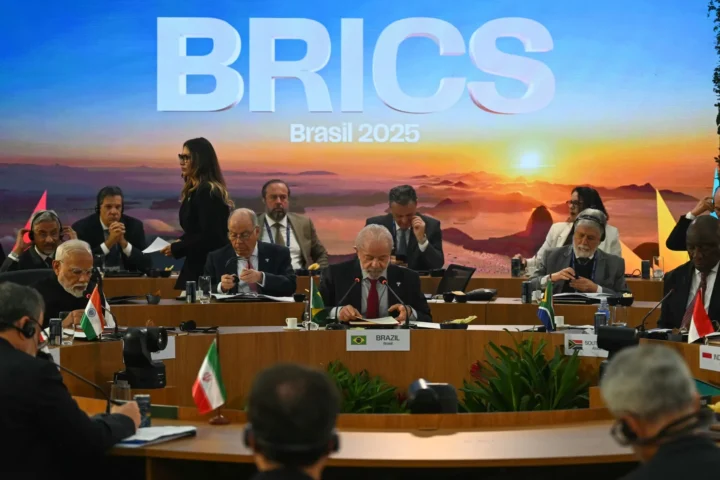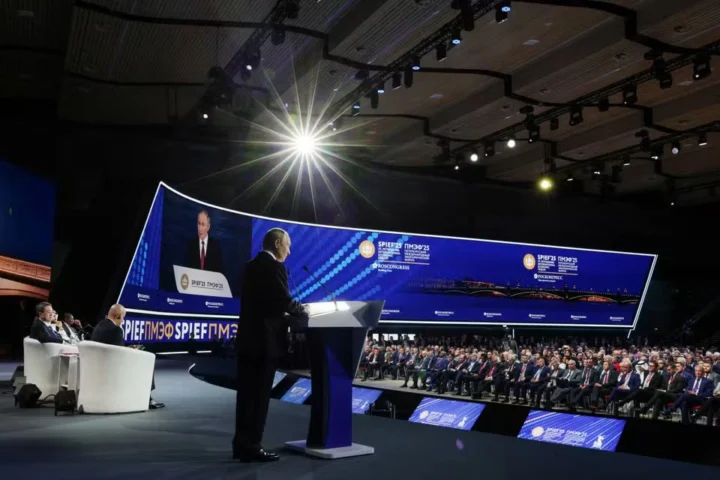Gazprom, Russia’s state-controlled natural gas giant, has reported a staggering net loss of RUB 1.08 trillion for 2024. This marks a dramatic reversal from the RUB 696 billion net profit recorded just a year earlier. The financial downturn is one of the most significant in Gazprom’s history under Russian Accounting Standards (RAS), highlighting the mounting challenges posed by shrinking European demand, rising operational costs, and an increasingly difficult macroeconomic environment.
Surging Costs and Declining Revenue Balance
According to Gazprom’s annual financial statements, production costs soared by RUB 464 billion, reaching RUB 4.81 trillion. Meanwhile, commercial and administrative expenses increased by RUB 78 billion, bringing the total to RUB 1.64 trillion. Although the company saw a revenue boost of RUB 637 billion, raising total sales to RUB 6.26 trillion, these gains were eclipsed by a negative balance of RUB 1.44 trillion under “other income and expenses.”
Plummeting European Gas Exports
Historically, Gazprom’s revenues have heavily depended on the European market, where pipeline gas exports were a crucial contributor to Russia’s budgetary income. However, data from the European Network of Transmission System Operators for Gas (ENTSOG) reveals a sharp decline in 2024, with Gazprom delivering only 86 million cubic meters of gas per day to the EU—four times lower than the 2023 average of 390 million cubic meters per day.
Geopolitical and Infrastructure Challenges
Experts attribute the depressed export levels to a combination of geopolitical tensions and infrastructure constraints. A potential recovery in supply volumes would require increased transit capacity through Ukraine’s Gas Transmission System (GTS), which has the capability to transport up to 390 million cubic meters per day at its border with the EU.
However, deteriorating relations between Russia and several European states cast doubt on the feasibility of restoring previous pipeline gas shipments. Political and regulatory hurdles add further uncertainty, raising concerns that Gazprom may need to shift its focus to alternative export strategies, such as liquefied natural gas (LNG) projects and expanded sales to Asian markets.
Future Prospects: Can Gazprom Recover?
Despite the historic loss, analysts suggest that Gazprom’s financial outlook could improve if the company successfully renegotiates access to Ukraine’s GTS and manages to revive European demand. However, with rising production costs and long-established trading relationships in jeopardy, a swift return to profitability remains uncertain.
As the energy landscape continues to shift, Gazprom faces the daunting task of adapting to a new market reality—one in which its traditional stronghold in Europe is increasingly being replaced by alternative supply routes and strategic adjustments.

















